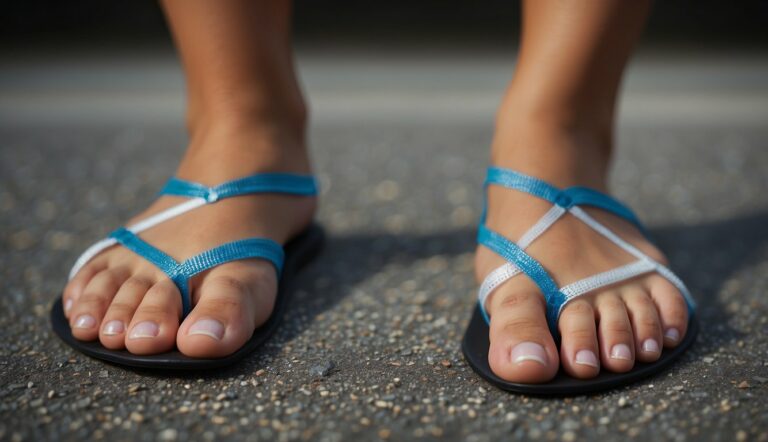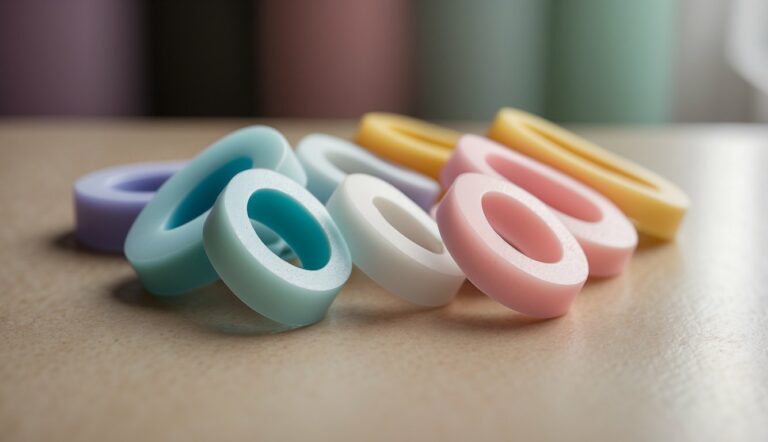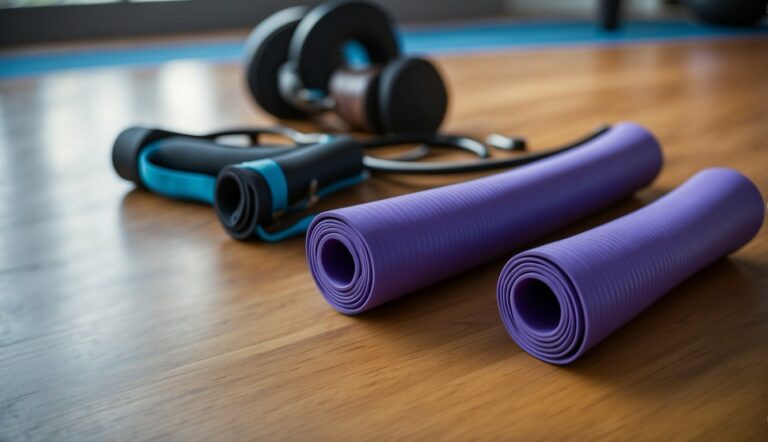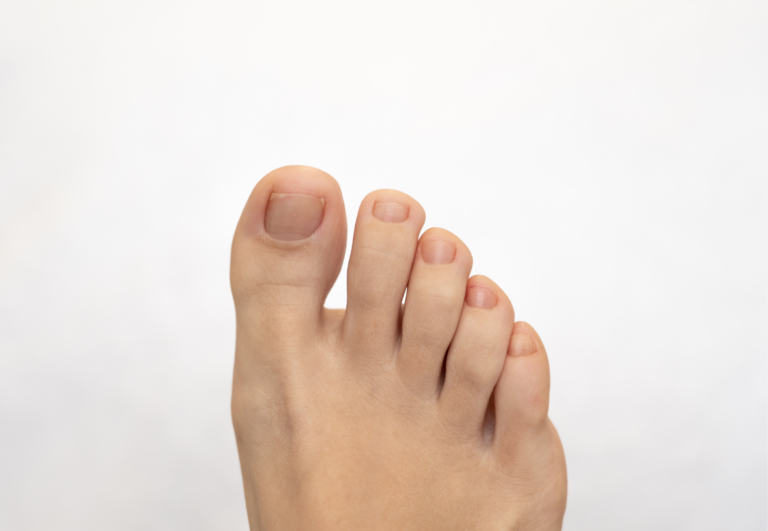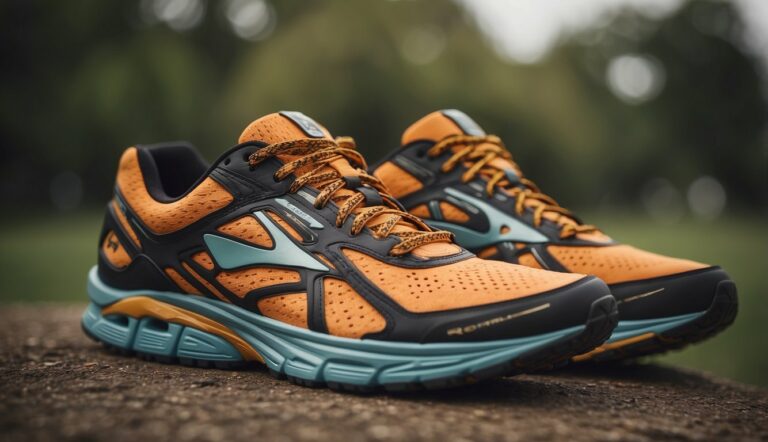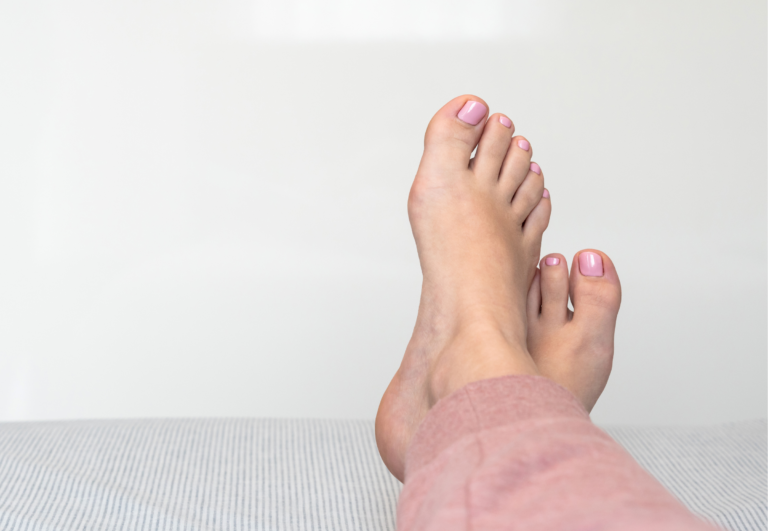How Toe Spacers Can Help with Hammer Toes: Unveiling the Benefits
Toe spacers are often seen as just another beauty tool for perfecting pedicures, but their benefits extend far beyond aesthetics, particularly for those struggling with hammer toes. I’ve found that these simple devices, which fit comfortably between the toes, can contribute significantly to foot health, and they may offer a slew of advantages for individuals looking to alleviate the discomfort associated with this common toe deformity.
From my experience, using toe spacers helps to realign the toes into a more natural position by gently separating them. This can lead to a reduction in the overlapping or bending of the toes that characterizes hammer toes. Plus, by creating space between the toes, these spacers can reduce the friction and pressure that often lead to corns and calluses, which are frequent complaints among those with hammer toes.
By encouraging proper toe alignment, toe spacers may also enhance overall balance and foot mechanics. This improved alignment can contribute to better distribution of weight across the foot, potentially preventing further complications and promoting relief from the pain and discomfort that often comes with hammer toes. It’s wise to consult a podiatrist before starting any new treatment, but as someone who understands the value of these tools, I can say that integrating toe spacers into your foot care routine might just be a step in the right direction for healthier feet.
Potential Benefits of Toe Spacers for Hammer Toes
Toe spacers are designed to alleviate discomfort and improve foot function. By strategically positioning the toes, these simple devices can offer significant benefits, especially for those with conditions like hammer toes.
Pain Relief and Discomfort Reduction
Using toe spacers can lead to immediate pain relief for feet suffering from hammer toes. They reduce pressure on the joints and cushion the toes, often reducing pain and discomfort. Here’s how they help:
- Pressure distribution: By separating the toes, spacers distribute pressure more evenly.
- Cushioning: They act as a cushion between toes to prevent rubbing and skin irritation.
Correct Alignment and Balance
Toe spacers are beneficial for maintaining correct alignment of the toes. Proper toe alignment can enhance stability and balance, which are crucial for an efficient gait. Here’s how they contribute to balance and alignment:
- Toe alignment: They separate the toes to a natural position, reducing the risk of overlapping or squeezing.
- Arch support: Proper toe spacing can indirectly support the natural arch of the foot.

Improved Foot Function and Mobility
The use of toe spacers can also improve overall foot function and mobility. Stronger foot muscles and better foot structure can lead to improved comfort and foot strength:
- Foot muscles: Spacers can encourage the strengthening of foot muscles by allowing them to spread and move naturally.
- Foot mobility: With regular use, they can help increase mobility and flexibility in the toes and feet.
Usage and Effectiveness
Toe spacers are widely recognized for their role in alleviating symptoms of hammer toes, a condition where toes become bent and resemble a hammer. Their effectiveness lies in their ability to address both immediate discomfort and facilitate long-term recovery. Let’s explore how incorporating toe spacers into your routine and seeking professional advice can contribute to overall foot health.
Daily Routine and Exercise
I find incorporating toe spacers into a daily routine can provide immediate relief from the pressure and pain associated with hammer toes. Routine use during activities like yoga or foot-strengthening exercises allows the toes to spread naturally, which can improve mobility and help in realigning the tendons. Exercises such as toe spreads or curls can be enhanced with toe spacers, providing arch support and stretching the tendons gently.
Clinical Assessment and Podiatrist Recommendations
Before you start using toe spacers, it’s essential to get a clinical assessment from a podiatrist. These specialists can recommend the appropriate spacers and provide a regimen tailored to individual foot conditions like hammer toes, plantar fasciitis, or general foot pain. They might also suggest supplemental treatments such as splints or specific exercises to bolster the effectiveness of the toe spacers.
Long-term Usage and Recovery
The long-term benefits of using toe spacers are most notable with consistent use over several weeks or months. They not only aid in the recovery process but may also prevent future foot issues. Some users report a permanent correction in toe alignment, while others find continued use essential for maintaining foot health. Diligent use, coupled with prescribed foot exercises, can strengthen the foot’s intrinsic muscles, resulting in lasting improvements.
By integrating toe spacers into daily practice and following professional guidance, individuals with hammer toes can experience a reduction in pain and improvement in toe alignment, leading to better overall foot health.
What Are Hammer Toes?
Hammer toes are a common toe deformity that can lead to significant discomfort if left unaddressed. Here, we’ll explore the key aspects of hammer toes, including their symptoms, causes, and how toe spacers may offer benefits.
Symptoms and Causes
Hammer toes are characterized by a bend in the middle joint of the toe, which causes it to curl downward resembling a hammer. Common symptoms include:
- Pain or discomfort in the affected toe when wearing shoes
- Corns and calluses forming from the friction against the inside of footwear
- Difficulty in moving the toe
- Inflammation, redness, or a burning sensation
The primary causes of hammer toes include:
- Genetics that predispose individuals to toe deformities
- Tight, narrow, or high-heeled shoes that force the toes into a bent position
- Muscle imbalance or weakness
- Trauma to the toe
The Role of Toe Spacers
As a toe spacer expert, I’ve seen how they can provide an array of benefits for those with hammer toes. Toe spacers assist by:
- Reducing pressure and friction between toes
- Promoting proper toe alignment
- Relieving pain associated with hammer toes and other deformities such as bunions
- Possibly preventing further progression of the deformity
When integrated into a foot care routine, toe spacers made from soft, flexible materials can act as a non-invasive aid to maintaining proper toe spacing.
Comparison of Other Foot Deformities
Hammer toes often get lumped in with other foot deformities, but there are distinctions:
| Deformity | Description |
|---|---|
| Hammer Toe | Bend in the middle toe joint causing a downward curl |
| Mallet Toe | Similar to hammer toe, but the bend is at the joint closest to the nail |
| Claw Toe | Bends at both the middle and end joint, and the toe digs down into the sole of the shoe |
| Bunion | Bony bump at the base of the big toe joint; alignment issue of the big toe |
While all these conditions can lead to discomfort and pain, the specific shape and position of the toe can influence the type of treatment or aid that may be most beneficial, such as toe spacers in the case of hammer toes.
Design and Material Considerations
In selecting toe spacers for hammer toes, the design and material are pivotal in providing the best comfort and fit. I’ll explore the different types available and dissect the advantages of silicone, gel, and foam materials.
Different Types of Spacers
Silicone Toe Spacers
- Most durable and can be washed easily.
- Offer a balance of flexibility and firmness.
Gel Toe Separators
- Provide a softer cushioning, akin to medical-grade gel.
- Often preferred for their comforting texture.
Foam Spacers
- Generally the softest option with minimal support.
- May compress over time, requiring more frequent replacement.
Material Benefits: Silicone vs Gel vs Foam
Silicone
- Durability: Highly resilient and long-lasting.
- Cleanliness: Easy to clean, which helps maintain foot hygiene.
Gel
- Cushioning: Superior comfort due to the soft, form-fitting nature.
- Padding: Acts as a protective bunion pad which is beneficial for those with sensitive skin or sore spots.
Foam
- Comfort: Initially the most comfortable due to softness.
- Economy: Often the most affordable option but lack longevity.
Selecting the Right Toe Spacers
When choosing toe spacers to help with hammer toes, it’s important to select ones that correctly fit your toes and are made with quality materials. The price point should also reflect a combination of both durability and effectiveness.
Size and Fit Guidance
Finding the right fit is crucial; a poorly fitted toe spacer can do more harm than good. Make sure to measure your toes and compare them to the product specifications. Spacers should not pinch or cause discomfort. For hammer toes, it’s important that the spacer gently encourages the big toe to remain straight without adding pressure to the overlapping toes. Spacers come in sizes ranging from small to large, typically designed to fit the uniqueness of your foot structure and the degree of correction needed.
- Size: Match the spacer size to your toe dimensions.
- Fit: Ensure a snug, yet comfortable fit without constriction.
Assessing Quality and Price
High-quality materials like medical-grade silicone offer flexibility and durability, ensuring that the spacers maintain their shape and function over time. Rubber or plastic alternatives may be less expensive but can be harder and less comfortable. Price often correlates with quality; however, the most expensive option is not always the best. Look for a good balance of cost and quality, aiming for value for money rather than just the cheapest price.
- Quality: Opt for medical-grade materials.
- Price: Seek the best value, balancing cost with quality and longevity of the product.
Additional Support with Footwear and Insoles
While toe spacers can provide relief from hammer toes, additional support from proper footwear is also important. Shoes with a wide toe box can accommodate the spacers and reduce the risk of the toes crowding together. Insoles designed to support foot mobility can further enhance the benefits of toe spacers, especially for those often wearing high heels or other restrictive footwear. Look for shoes and insoles that offer ample cushioning and that support the natural alignment of the foot.
- Footwear: Choose shoes with a wide toe box and supportive design.
- Insoles: Consider insoles for extra support and enhanced foot mobility.
